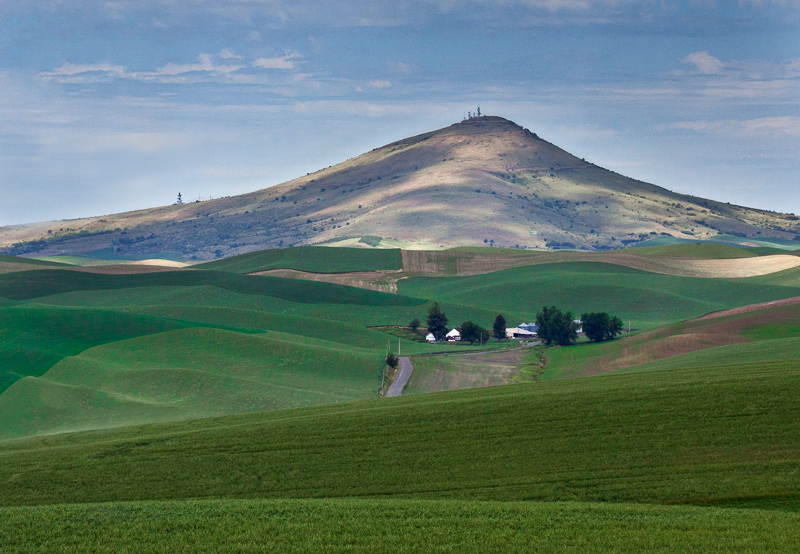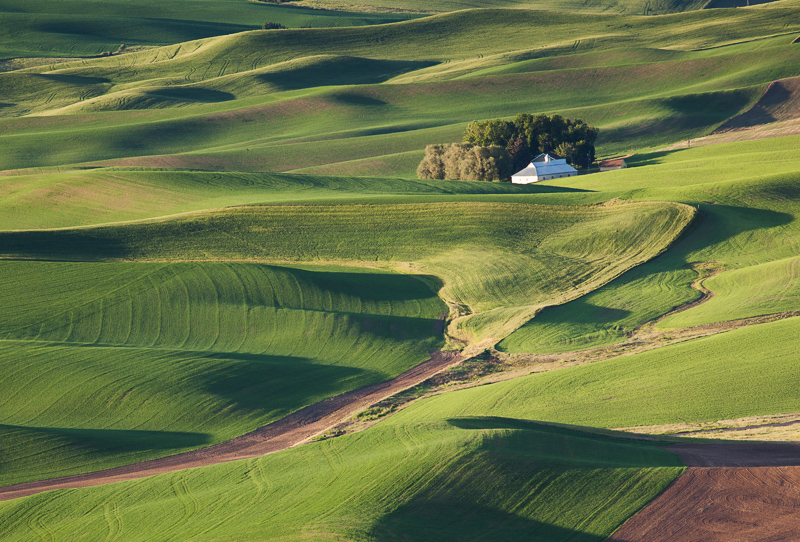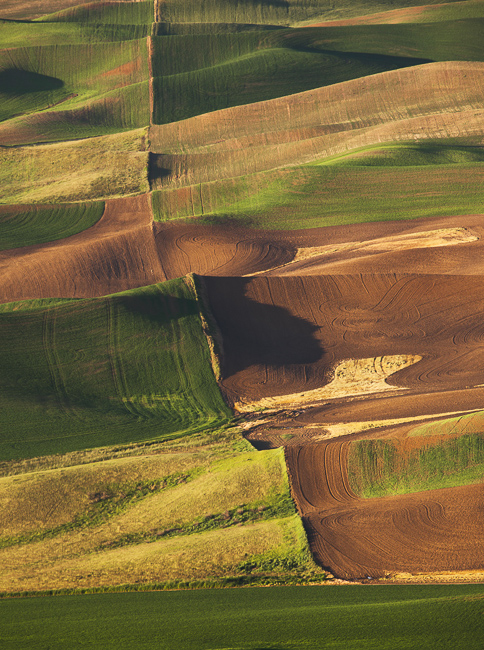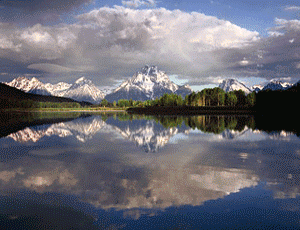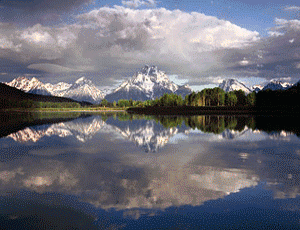|
ThePalousearea is located in the located in the northwestern region of the United States. It covers parts of north central Idaho and southeastern Washington. The actual origins of the name “Palouse” is uncertain. Some historians theorize that the name of the Palus tribe was converted by French-Canadian fur traders to the more familiar French wordpelouse, meaning “land with short and thick grass”. Slowly over time, the spelling morphed into Palouse. A second theory speculates that the name was a French word in the beginning, describing an area which was then applied to the native peoples inhabiting it. Geographically speaking, the Palouse region is outlined as the region of fertile hills and prairies north of the Snake River and north of the Clearwater River, which separates it from the Camas Prairie. It extends north along the Washington and Idaho border and is centered on the Palouse River. |
Click on image for more information
Click on image for more information
The Palouse Grasslands ecoregion today is dominated by wheat and canola agriculture. If you happen to be a landscape photographer, it is one of the best places in the US to create images of modern agricultural prairie lands. Usually for the photographer, the best way to capture the spirit of this type of flat locale is from an aerial viewpoint. Fortunately in the Palouse there is a better and cheaper way. That way is of course, Steptoe Butte.
Located in Steptoe Butte State Park, Steptoe Butte is a 1,000 foot high quartzite island rising skyward from the silty soils of the Palouse hills. An easily accessible paved road winds around the butte, leading to a parking area at the summit. The high vantage points onto the Palouse, afforded the photographer from various pull-offs and overlooks along this road are outstanding. Barring hazardous weather conditions the road is open from before dawn to after sunset.
The hummocky and picturesque silt dunes which characterize the Palouse prairie were formed during the ice ages. The silty soil was blown in from the glacial outwash plains to the west and south, the Palouse hills consist of more or less random humps and hollows.
You can try and shoot your standard landscape shot with a wide angle or normal lens from Steptoe Butte, but the odds of getting a great shot that way are slim. The Palouse is a fairly dry part of the US and cooperative clouds are infrequent. For a short time in the spring there are wildflowers in the foreground, but most of the year it is brown and unappealing.
The best thing to do is shoot with a telephoto lens during the golden hours near sunrise and sunset. The surrounding farm land is a veritable gold mine of patterns and color. I find a 70-300mm zoom on a full frame camera works well for this. The low angle light is continuously and rapidly changing during this period and the mosaic of the prairie can be extraordinary. If you enjoy this abstract type of landscape detail shot you will be in seventh heaven.
Click on image for more information
Click on image for more information
Steptoe Butte is not the only photo worthy spot in the Palouse. The many gracefully undulating hills surrounding Steptoe Butte are blanketed with a patchwork of colorful old barns, small farm towns, and pioneer homesteads.
In spring the hillsides of the butte are covered with several types of wildflowers, beginning usually in Mid-May. Balsam Root is normally the first to appear. A bit later, beautiful lush patches of Lupine begin to arrive.
If you drive west of the Palouse from the town of Colfax in late May or early June, magnificent golden fields of Canola can be seen in places rolling across the prairie.
Best of all, unlike major tourist destinations such as Yellowstone Park, the Palouse is free from the summer hordes that gravitate to better know locales. If you enjoy a modicum of solitude, while pursuing your photographic endeavors, Steptoe Butte and the Palouse is worth a place on your calendar.
About Miles Hecker
Miles has been involved with photography for over forty years. He teaches digital photography at Casper College in Casper,Wyoming. His photos have won awards fromNatures Best magazine,Photo.net, The Luminous LandscapeandWyoming WIldlife . Miles’ photos have been published in American Vignette, Backpacker Magazine, Natures Best Images, Popular Photography, Wyoming Audubon, and Wyoming Wildlife. He is co-founder ofWyoFOTO LLC.
Geotagged Photolocation Index
November 2012
You May Also Enjoy...
Shooting With The Masters – William Neill – Interview Part Three, Four and Five
For a long time I have wanted to do a continuing series about well-known photographers and how they approach their craft. My concept was to
Sony A99 Field Report
Sony Alpha A99Corporate BackgrounderOne of the world's best known brands in consumer electronics and entertainment is Sony. Movies, music, TVs, computers, cameras, semiconductors, phones, tablets,
